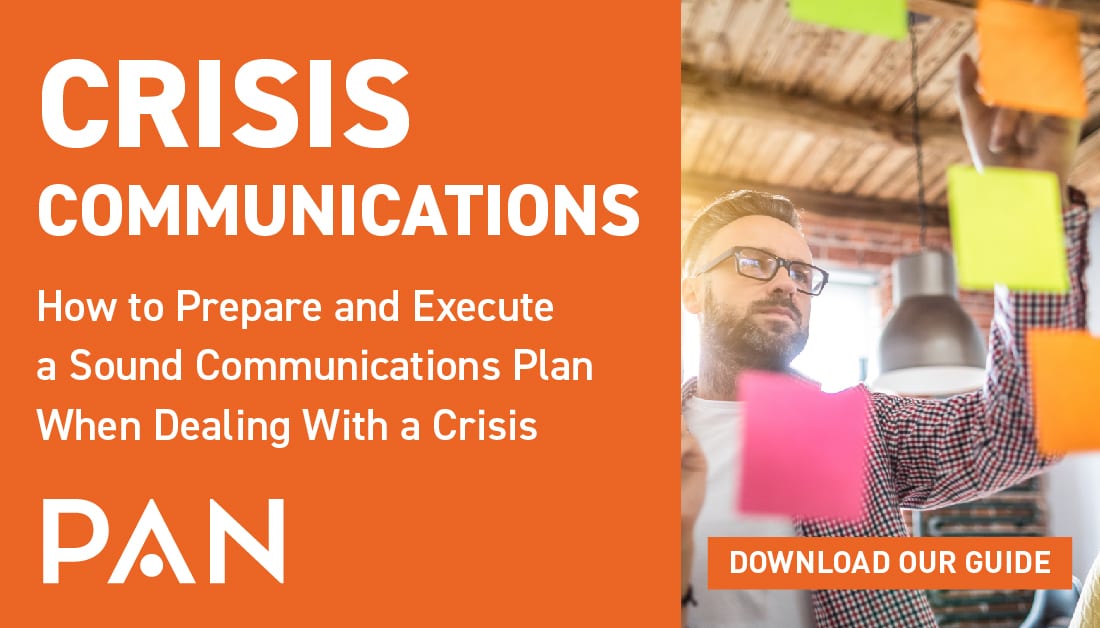Artificial Intelligence in Today's New Healthcare World of Coronavirus

Whatever you want to call it—COVID-19, Coronavirus, the pandemic—the U.S. and the world are talking about little else these days. In a matter of a few short months, lives, livelihoods and industries have been flipped upside down. And, for those of us in healthcare we have watched intently on a daily—and even hourly—basis as individuals, companies, associations and organizations have all risen to the challenge. The collective effort has helped to combat the virus, slow the spread/flatten the curve and, in many instances, makes changes through innovation that will carry our industry ahead for years to come once this pandemic is under control.
As my colleague Matthew Briggs noted in his blog post last week, telehealth is certainly an area that has seen explosive growth during this time and is clearly in the spotlight. Yet, the question remains, will its popularity and usage be able to endure past this COVID-19 crisis?
Another area that has been thrust onto the main stage is Artificial Intelligence (AI). While it can serve as one underpinning of a solid telehealth offering, augmenting the effectiveness of virtual care, AI also can stand alone as its own technology that can fuel innovation and advancement across healthcare, especially now. And, much like for telehealth, the deepening pandemic amounts to a trial by crisis for AI, a moment in which it will be tested by unprecedented circumstances for which there was absolutely no way to prepare.
This global public health emergency has temporarily lowered the bar to entry, but that doesn’t mean expectations of performance will follow suit. In fact, given the reality that lives are, very literally, on the line, the stakes for AI could not be higher. Can humans and machines find a way to co-exist in this crisis for the betterment of all involved? Thousands, and potentially millions, of hospitals, health systems, patients, and front-line caregivers certainly hope so.

Spend in Healthcare AI Market Increases
Given the COVID-19 outbreak, many industry experts are still forecasting AI software spending to continue, specifically within industries that play in areas of growing importance as the virus spreads. Two such areas, not surprisingly, are healthcare and pharma — where organizations and companies have the potential to advance patient care and drug discovery to control and, ultimately, treat COVID-19.
While industry analysts are adjusting overall technology sector spending downwards, currently AI spending projections are holding strong or, at least, remaining flat. In March International Data Corp. (IDC) lowered its 2020 worldwide IT spending forecast to 4.3% annual growth from 5%, but it is not currently predicting a slowdown in AI expenditures. Before the virus outbreak, IDC had forecast global AI spending would reach approximately $50 billion this year, up 30% from last year. And now, as the outbreak sweeps the globe, IDC forecasts 2020 AI spending ranging from $48 billion to $50.7 billion.
AI in Action on the COVID-19 Frontlines
And, thus far, we’re seeing this economic confidence in AI play out in practice. On the frontlines within hospitals, AI is not only being used to help screen and triage patients (think virtual healthcare assistants or chat bots), but also to predict those patients at highest risk or most likely to worsen. And, based on that information, forecast when hospitals will run out of beds, ventilators and protective equipment.
Some providers are also scanning faces to check temperatures and deploying impromptu algorithms to help quantify patients’ disease severity based on chest images or data on their vital signs and other physiological measures. Tampa (Fla.) General Hospital is one such example. Based on an article in Becker’s Hospital Review and also reported in The Wall Street Journal, the health system recently deployed an AI system in response to COVID-19 that performs facial scans to identify patients with fevers as part of its effort to reduce foot traffic within its building by 75% during the pandemic.
Within pharma, AI is playing a role in the development of antibodies and vaccines for the novel coronavirus, either entirely designed from scratch or through drug repurposing. For instance, some drug companies are using AI to create structure models of proteins that have been linked with the virus in the hopes it could help lead to a vaccine. Others are looking to AI to crunch vast amounts of public data to find a drug that could be used to treat patients while a scientifically tested and approved vaccine is developed. While it is still too early and some of these efforts don’t have enough scientific evidence to validate, it represents a step in the right direction.
Will the Relationship Between Artificial Intelligence and Healthcare Prevail Beyond COVID-19?
Will AI pass the COVID-19 test and be able to sustain its upward mobility in the pantheon of technologies and innovations that have a lasting impact on healthcare? So far it is doing its best and helping to make a difference … and the financial projections and real-world results are a testament to the positive efforts. But, the reality is that we’ll just have to wait and see if the efforts are sustainable.
For marketers within healthcare, this is no doubt a trying time. There have been many early mornings, late nights and lots of coffee as we help our organizations and clients best navigate these uncertain waters. To help, PAN has created several COVID-19 resources to share knowledge and evolving strategies around content marketing, media relations, social media and crisis communications. Stay safe and healthy!
